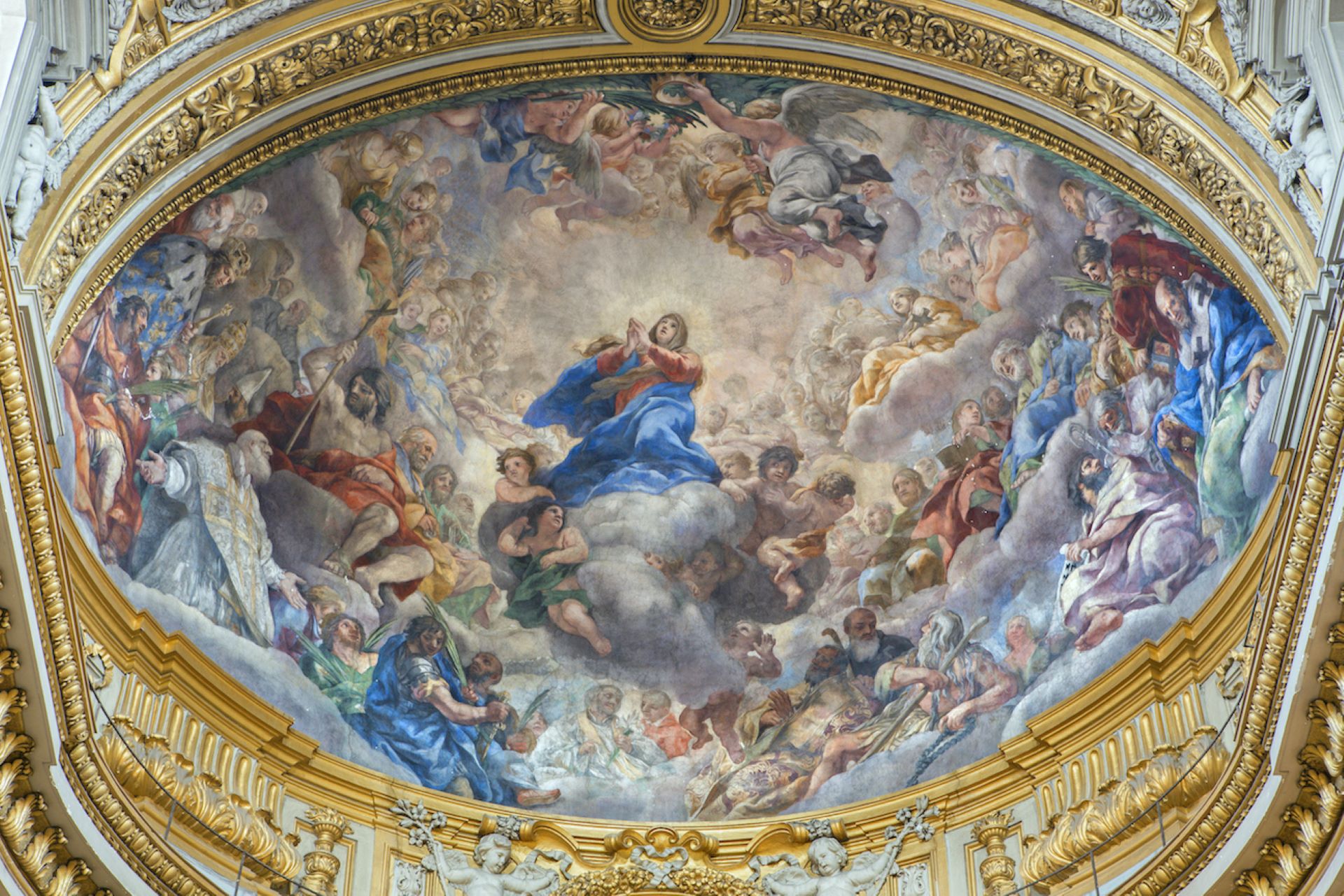
The article provides a comprehensive examination of the historical evidence supporting the doctrine of the Assumption of Mary, highlighting its roots in both tradition and newly discovered manuscripts. The Feast of the Assumption of Mary is widely celebrated on August 15. The doctrine, which asserts that Mary, the mother of Jesus, was assumed body and soul into heaven, has been a longstanding belief within the Catholic Church, although it was only dogmatically defined by Pope Pius XII in 1950.
- Absence of Relics: The article begins by discussing the unusual absence of any bodily relics of Mary, despite the Christian tradition of preserving relics from saints and martyrs. This absence is suggested as evidence supporting the belief in Mary’s Assumption, as it would be peculiar for such a revered figure to leave no bodily remains unless she had been assumed into heaven.
- Historical Texts and Manuscripts: Fr. Michael O’Carroll’s work is referenced, noting the existence of “Transitus Stories” dating back to the sixth century that describe Mary’s Assumption. These stories gained renewed interest following the formal definition of the dogma. A critical manuscript discovery by Fr. A.A. Wenger in 1955 confirmed the authenticity of earlier accounts, showing a consistent narrative across various regions and languages. Other manuscripts, including Syriac fragments from the third century, further solidify the early belief in the Assumption.
- Gnostic and Apocryphal Concerns: The article addresses claims by some that the Assumption is rooted in Gnostic beliefs or was condemned by Pope Gelasius I. It refutes these claims by clarifying that the so-called condemnation by Gelasius merely categorized certain texts as apocryphal without condemning the doctrine itself. Moreover, the origin of the document, known as the Decretum Gelasianum, is debated among scholars, with evidence suggesting it may have been misattributed to Pope Gelasius.
- Absence in Early Church Writings: The article explains the lack of early Church writings on the Assumption, suggesting that there was no need for defense or clarification in the early centuries, as the belief may have been universally accepted without dispute. Additionally, while there is a scarcity of direct evidence, some early Christian texts hint at a belief in the Assumption, such as a fourth-century homily that speaks of Mary being “immortal.”
- St. Epiphanius’s Contribution: St. Epiphanius, a fourth-century bishop, is highlighted for his writings that touch on the Assumption. Although he condemns the excessive veneration of Mary by certain sects, he acknowledges the possibility of her being taken up to heaven like Elijah, further indicating an early belief in her Assumption.
- Recent Discoveries: The article concludes by noting that recent discoveries continue to affirm the Church’s teaching on the Assumption, tracing belief in the doctrine as far back as the third century. While the Church relies primarily on Sacred Tradition and Scripture, these historical findings provide additional confirmation of the longstanding faith in Mary’s Assumption.
